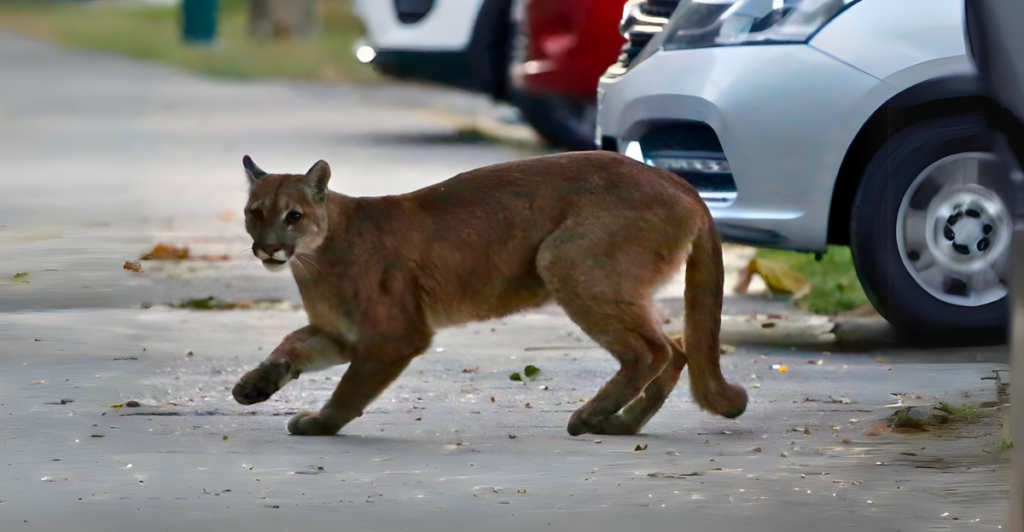
The shifting climate is triggering a mass migration, not just among humans but across the animal kingdom as well. As temperatures rise, habitats change, and ecosystems are thrown off balance, numerous species are being forced to leave their homes in search of more suitable conditions. From polar bears battling for ice floes to marine life moving to calmer waters, nature’s exodus is accelerating. But which species feel the heat the most, and how are they adapting to this unprecedented crisis?
Seabirds
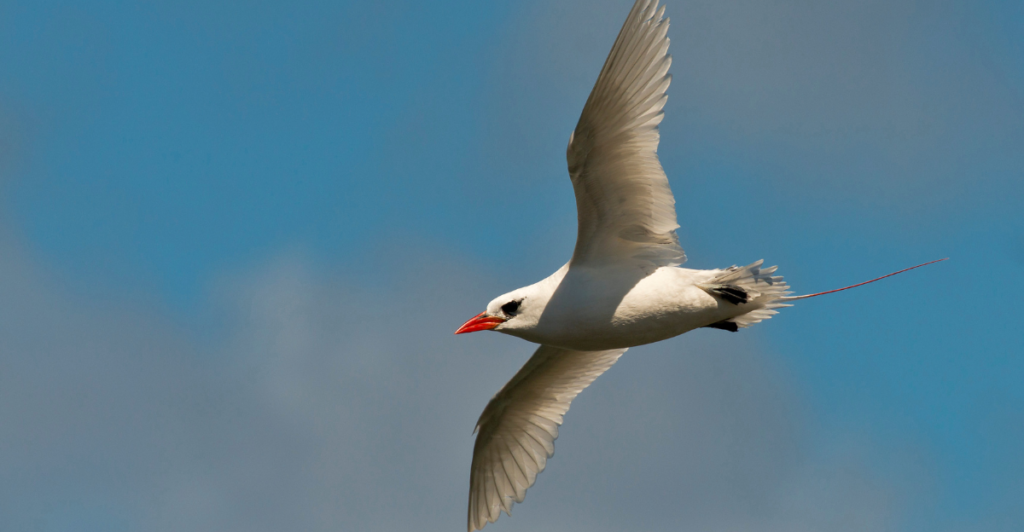
Seabirds are facing a crisis as rising ocean temperatures shrink their food supply. Species that depend on sea ice are losing habitat, while stronger storms threaten coastal breeding grounds. Some birds are shifting their migration routes and breeding earlier, but these changes can create food shortages. Extreme weather is also hitting colonies hard, leaving many struggling to survive.
Waterbirds
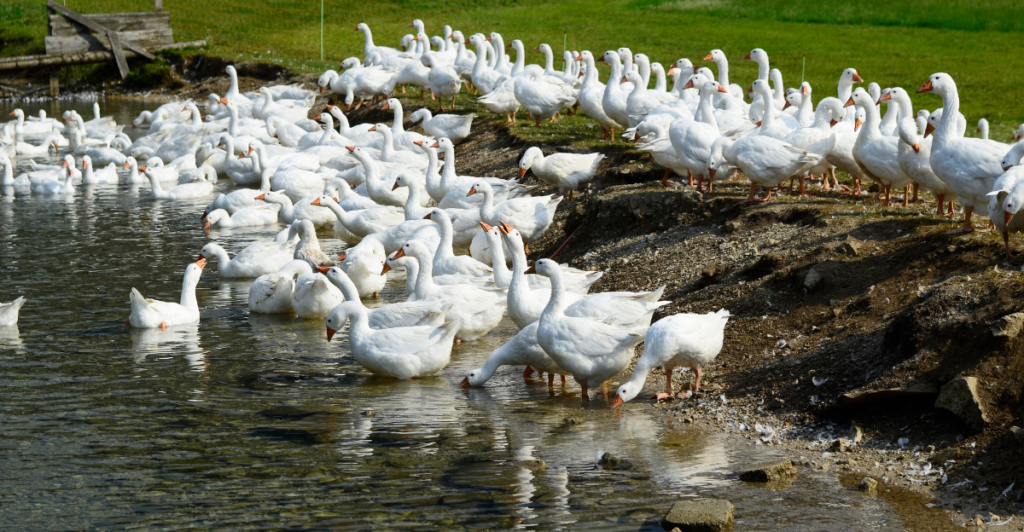
Waterbirds depend on wetlands, but rising temperatures and droughts are drying these vital habitats. Coastal birds face shrinking shorelines due to rising sea levels and stronger storms. Some species are shifting their breeding and migration routes to find safer waters, but adaptation speeds vary. As wetlands vanish, many waterbirds struggle to keep up with a rapidly changing world.
Bats
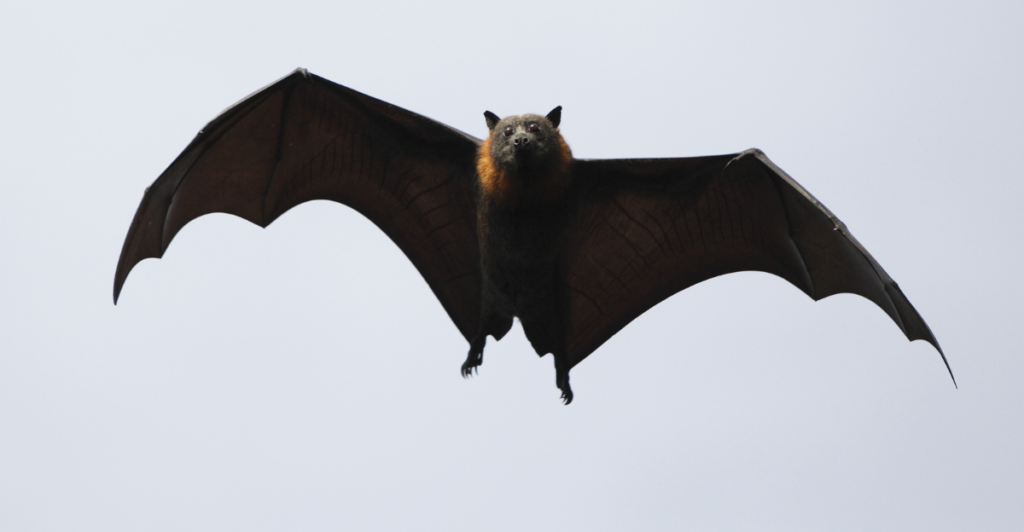
Climate change affects bats in unpredictable ways. Rising temperatures and extreme weather, especially heat waves, cause mass die-offs, particularly in flying foxes. Changing rainfall patterns impact food sources and breeding success. Some species are adapting by shifting their ranges, while others adjust migration timing based on wind and precipitation rather than temperature.
Raptors
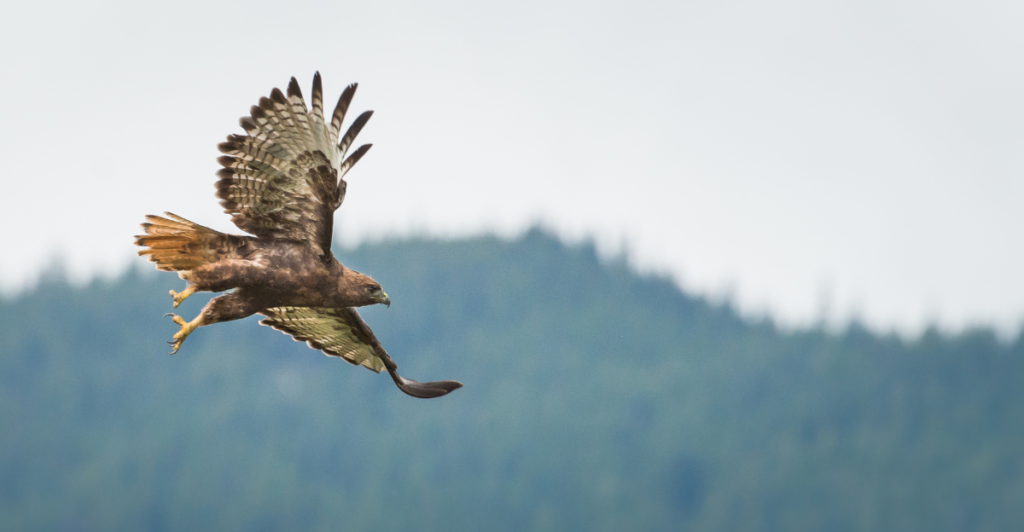
Raptors face multiple threats, from habitat loss to pollution, but climate change adds new challenges. Changes in rainfall impact their survival—droughts limit hunting, while wetter years boost prey numbers. Some raptor populations are shifting their ranges, but long-standing threats like habitat destruction may slow adaptation. Their future depends on how well they can adjust to unpredictable weather patterns.
Terrestrial Mammals
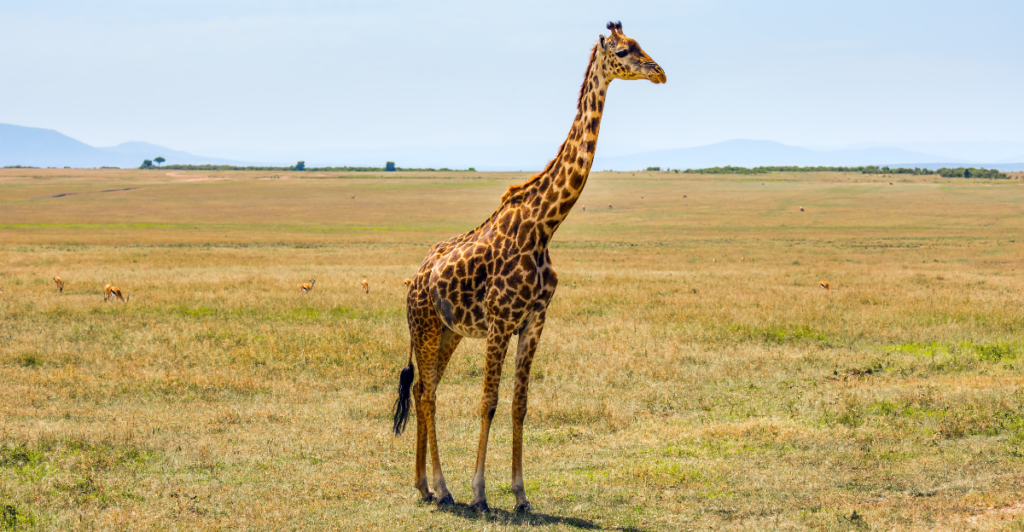
Many land mammals migrate seasonally for food and water, including elephants, bears, and ungulates. Declining rainfall, especially in Africa, reduces vegetation, impacting both herbivores and predators. Some species adapt by shifting migration routes or moving poleward, but human infrastructure like roads and fences limits movement. Conservation efforts, such as protected corridors, are crucial for their survival.
Afro-Palearctic Passerines
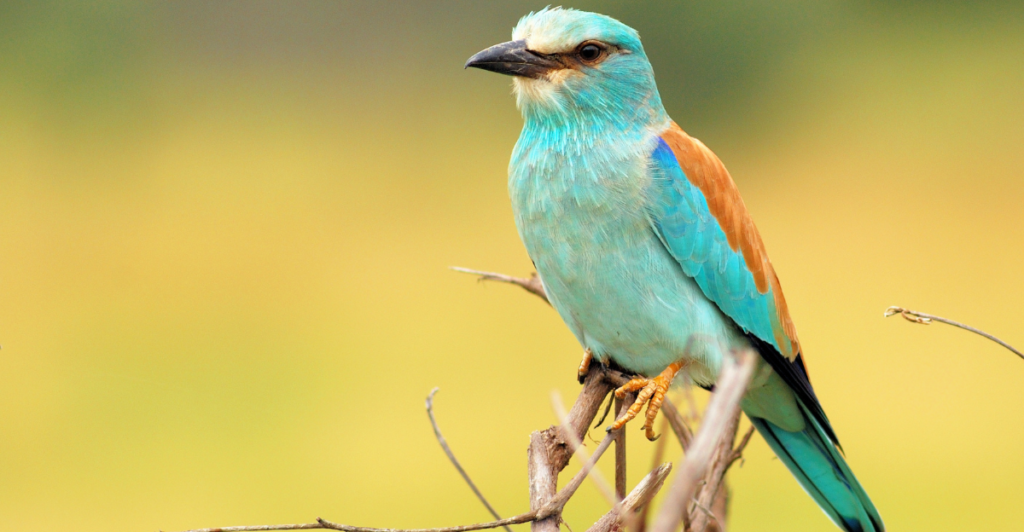
These small songbirds migrate between Eurasia and Africa in massive numbers, but climate change is disrupting their journey. Rising temperatures are shifting migration timing and breeding schedules, sometimes misaligning with food availability. Rainfall changes in Africa impact survival rates, altering population sizes. While some species adapt by adjusting migration patterns, others struggle to keep pace with rapid environmental shifts.
South American Grassland Birds
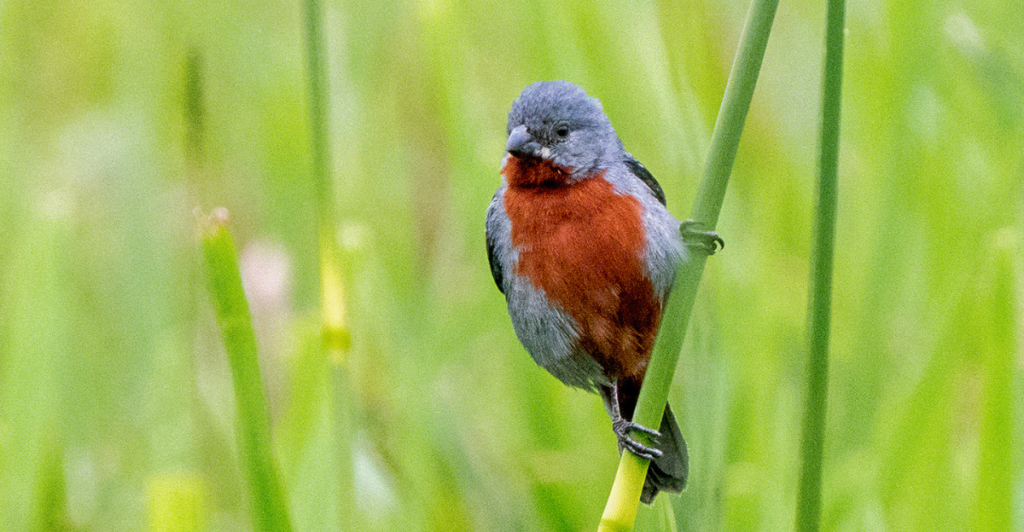
These migratory birds face a double threat—climate change and habitat loss. Shifting rainfall patterns affect food availability, while rising temperatures increase heat stress, especially during extreme weather. Since grasslands are heavily used for farming, agricultural shifts due to climate change could further impact their survival. Some species may adapt by altering migration routes, but many remain at risk.
Marine Mammals
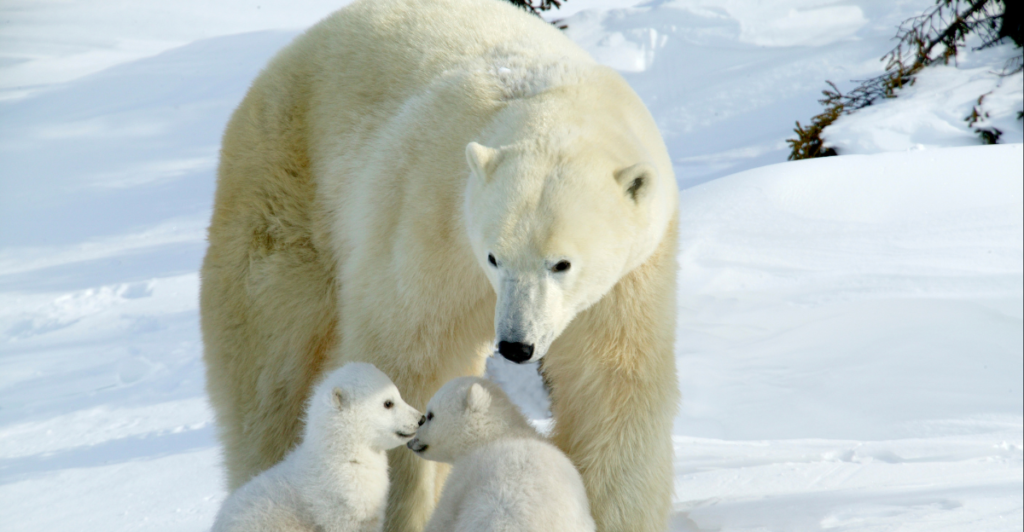
Marine mammals face food shortages due to warming oceans, sea ice loss, and changing currents. Krill-dependent species like whales, seals, and polar bears are especially vulnerable. Rising ocean acidity and toxic algal blooms threaten survival. Some species shift their ranges poleward, but Arctic species like narwhals and belugas struggle with habitat loss and increased competition.
Reptiles
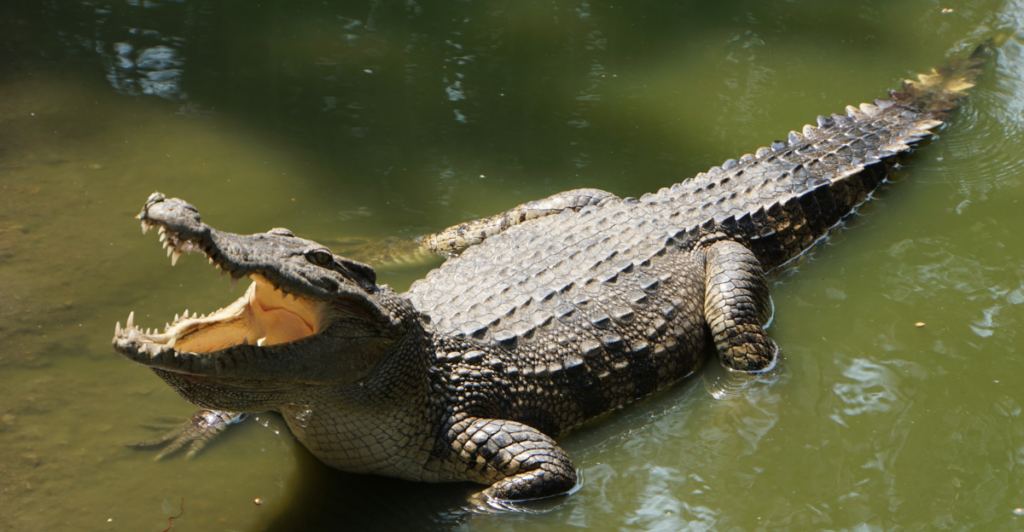
Sea level rise and stronger storms threaten nesting beaches for marine turtles and saltwater crocodiles. Some species expand poleward, but human development limits new nesting sites. Warmer temperatures alter hatchling sex ratios, which may temporarily boost populations. Whether beaches shift naturally or are lost to coastal defenses will shape their long-term survival.
Bony Fish
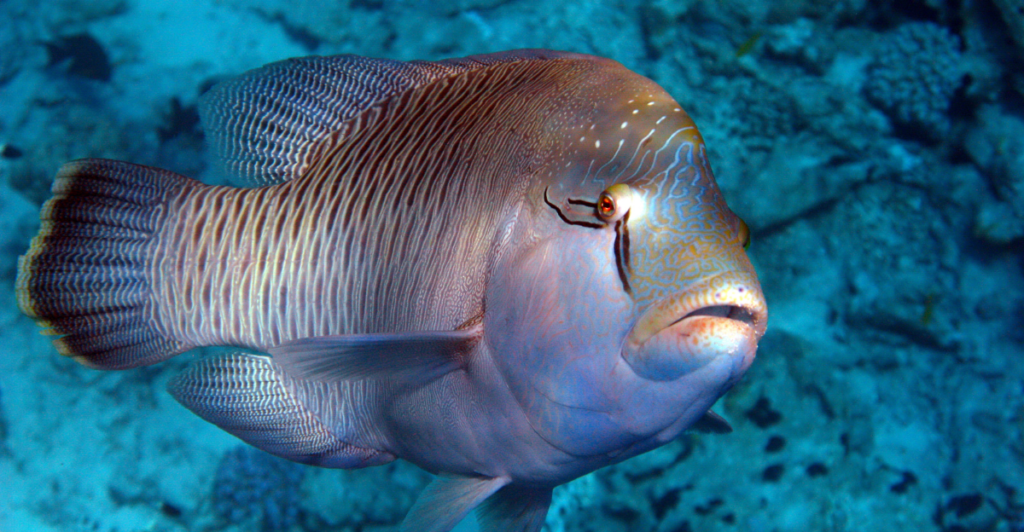
With climate change worsening conditions, migratory fish populations have plummeted due to habitat loss, dams, and overfishing. Warmer waters and reduced river flows shrink spawning grounds, making range shifts difficult. Some species may adapt by moving poleward, but others rely on specific spawning sites. Conservation efforts like dam removals and habitat restoration are crucial for survival.
Sharks and Rays
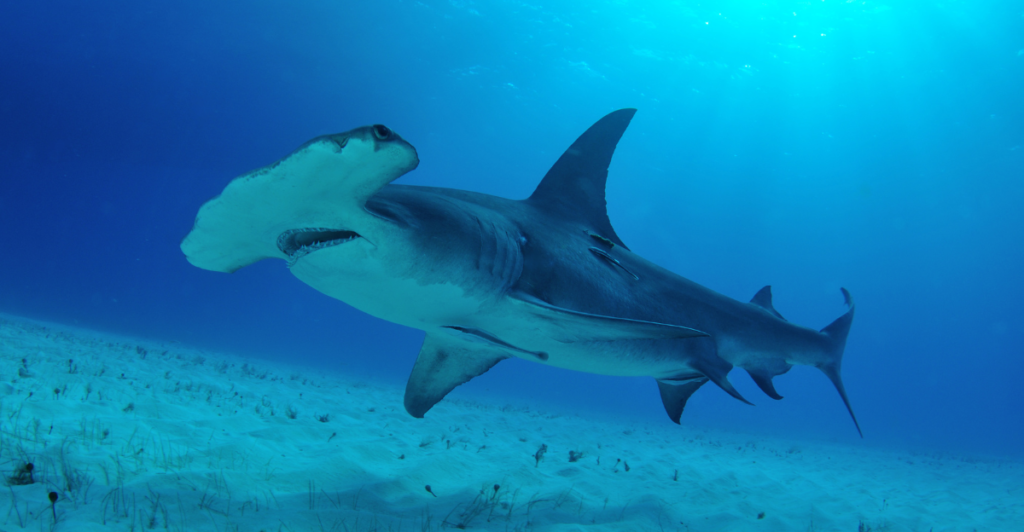
Climate change compounds existing threats like overfishing and habitat loss for sharks and rays. Rising sea temperatures alter food availability and metabolic rates, while ocean acidification weakens sensory functions, making hunting harder. Coastal and coral-dependent species are especially at risk. Many are shifting poleward, but habitat loss and stronger storms threaten nursery grounds, reducing survival rates.
Insects
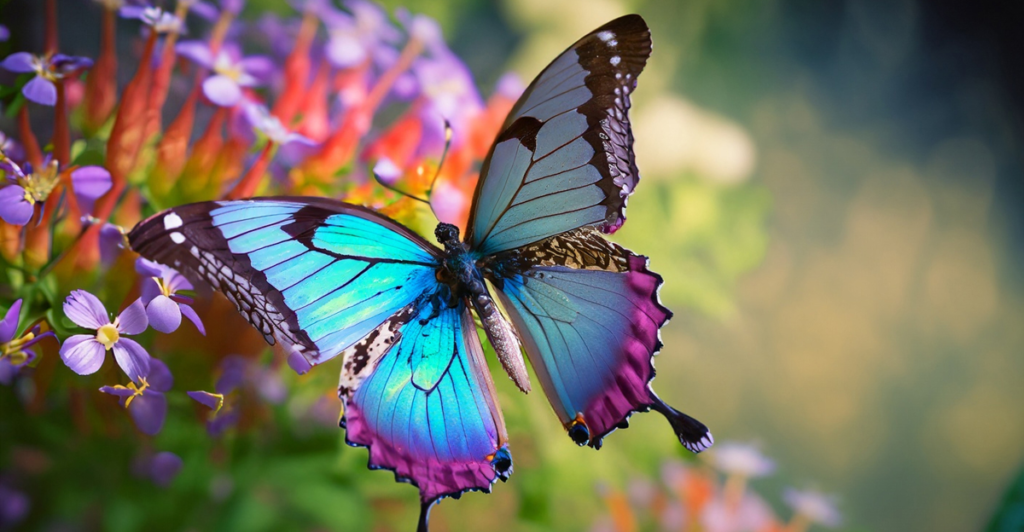
Migratory insects, like the Monarch Butterfly, face rising temperatures and extreme weather, disrupting their multi-generational migrations. While research is limited, climate shifts may alter breeding, feeding, and overwintering sites. Habitat loss and changing plant availability could impact survival, though some species may adapt by shifting their migration timing or expanding their range.
Discover more of our trending stories and follow us to keep them appearing in your feed

The War on Cows Is Over—And Green Extremists Have Lost
“There Will Be Eruptions”: Concerns Mount as Yellowstone Supervolcano Activity Shifts
Massive Solar Plant Is Shutting Down Early—Saving Californians Over $500M
The Real Cause Behind Los Angeles’ Devastating Wildfires
References:
Reference 1
Reference 2
This article first appeared here
Stay connected with us for more stories like this! Follow us to get the latest updates or hit the Follow button at the top of this article, and let us know what you think by leaving your feedback below. We’d love to hear from you!







